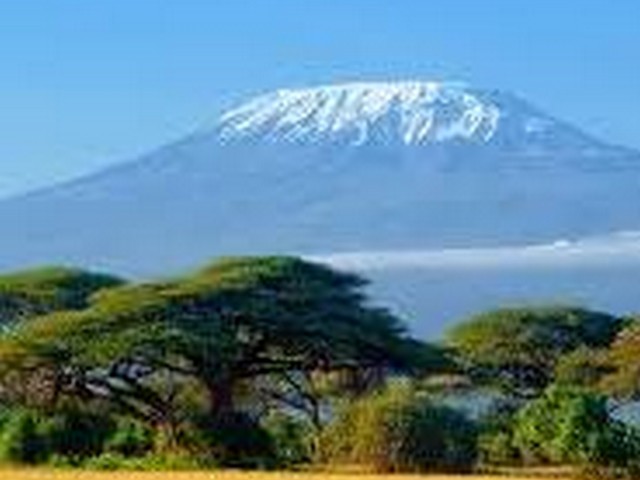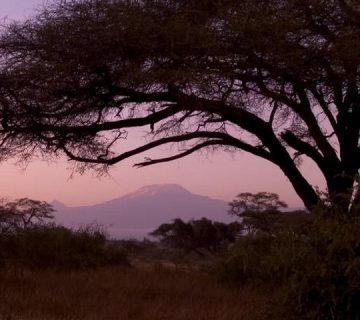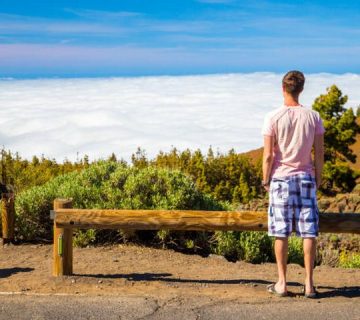Conquer the Cold: Essential Tips For Staying Warm And Dry On Kilimanjaro
High above the savannah, Mount Kilimanjaro stands as a beacon to adventurers across the globe. Its snow-capped summit calls to those who dream of standing atop Africa’s highest peak. However, the journey to Uhuru Peak is not just a physical challenge; it’s a battle against the elements. At Kilimanjaro Centre for Trekking and Ecotourism (KCTE), we understand that success on this mighty mountain is as much about preparation as it is about perseverance. Today, we’re sharing our top tips for staying warm and dry as you ascend to the roof of Africa, ensuring that your climb is nothing short of spectacular.
Understanding Kilimanjaro’s Climate
Before delving into our expert tips, it’s crucial to grasp the unique weather conditions of Mount Kilimanjaro. The mountain’s massive height means it creates its own weather, which can be extremely variable and unpredictable. From tropical warmth in the rainforest to sub-zero temperatures at the summit, climbers must be prepared for all conditions.
The Right Gear: Your First Layer of Defense
Choosing Your Clothing Wisely
Layering is your mantra on Kilimanjaro. Start with moisture-wicking base layers that keep sweat away from your skin, add insulating layers to retain body heat, and finish with a waterproof and windproof outer layer. This combination allows you to adapt to changing temperatures and conditions as you ascend.
Pro Tip: Invest in quality gear. High-altitude conditions are harsh, and your clothing is not just for comfort but survival.
Footwear That Goes the Distance
Your feet are your primary mode of transportation on Kilimanjaro, so treat them with care. Waterproof, insulated hiking boots with good grip are essential. Make sure they are well broken-in to avoid blisters.
Pro Tip: Pair your boots with wool or synthetic socks, and consider gaiters to keep moisture and debris out of your boots.
Fueling the Furnace: Nutrition and Hydration
Eat for Heat
Your body needs fuel to generate heat. Opt for high-energy, easily digestible foods that you can eat on the go. Include complex carbohydrates, proteins, and fats in your diet to sustain your energy levels throughout the climb.
Pro Tip: Snack frequently on nuts, chocolate, dried fruits, and energy bars to keep your calorie intake up.
Stay Hydrated
Dehydration can lead to hypothermia. Drink small amounts of water regularly throughout the day, even if you do not feel thirsty. Warm beverages can also help maintain your core temperature.
Pro Tip: Use insulated water bottles to prevent your water from freezing at higher altitudes.
Tactical Tips for Trekking in the Cold
Pace Yourself
Maintaining a steady pace helps regulate your body temperature and conserves energy. “Pole pole” (slowly, slowly in Swahili) is the mantra on Kilimanjaro for good reason.
Keep Dry to Keep Warm
Wet clothing loses its insulating properties. Change out of wet clothes immediately and use waterproof bags to keep spare clothing dry.
Pro Tip: Pack extra base layers and socks to ensure you always have dry options.
Sleep Strategies for Staying Warm
Insulate From the Ground Up
Your sleeping bag is a crucial piece of equipment. Choose a four-season sleeping bag and pair it with an insulated sleeping pad to minimize heat loss to the ground.
Pro Tip: Sleep in clean, dry clothes and wear a hat to bed to prevent heat loss from your head.
Use Heat Packs
Consider packing disposable heat packs for extra warmth during particularly cold nights.
Cultural Insights: Learning from the Chagga People
The indigenous Chagga people, who have lived on the slopes of Kilimanjaro for centuries, have adapted their lifestyles to cope with the cold. Emulating some of their practices, such as layering natural fibers and consuming local, energy-rich foods can enhance your climbing experience.
FAQs About Climbing Kilimanjaro
What is the best time to climb Kilimanjaro for favorable weather?
The best times to climb Kilimanjaro are during the dry seasons, from late June to October and from late December to early March.
How can I prevent altitude sickness?
Acclimatize properly by spending a few extra days on the mountain, ascend slowly, and stay hydrated.
Can I rent climbing gear in Tanzania?
Yes, you can rent essential gear locally, but for maximum comfort and fit, we recommend bringing personal gear tailored to your needs.
Final Thoughts and Call to Action
Climbing Kilimanjaro is an adventure of a lifetime, and being well-prepared for the cold can make all the difference between a challenging yet rewarding experience and a struggle against the elements. At Kilimanjaro Centre for Trekking and Ecotourism (KCTE), we are committed to making your climb successful and memorable.
Are you ready to embrace the adventure and conquer Kilimanjaro? Book your climbing expedition with KCTE today, and stand proud on the summit, warm and triumphant. Visit our website or contact us to start planning your journey to the top of Africa. Together, we’ll keep you warm and dry every step of the way. Join us, and let your Kilimanjaro story begin!




